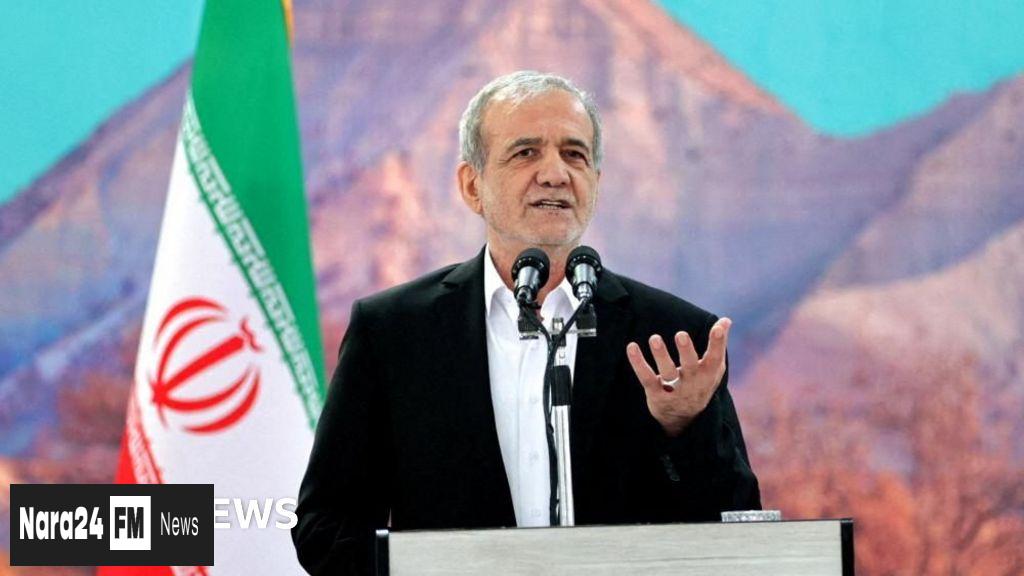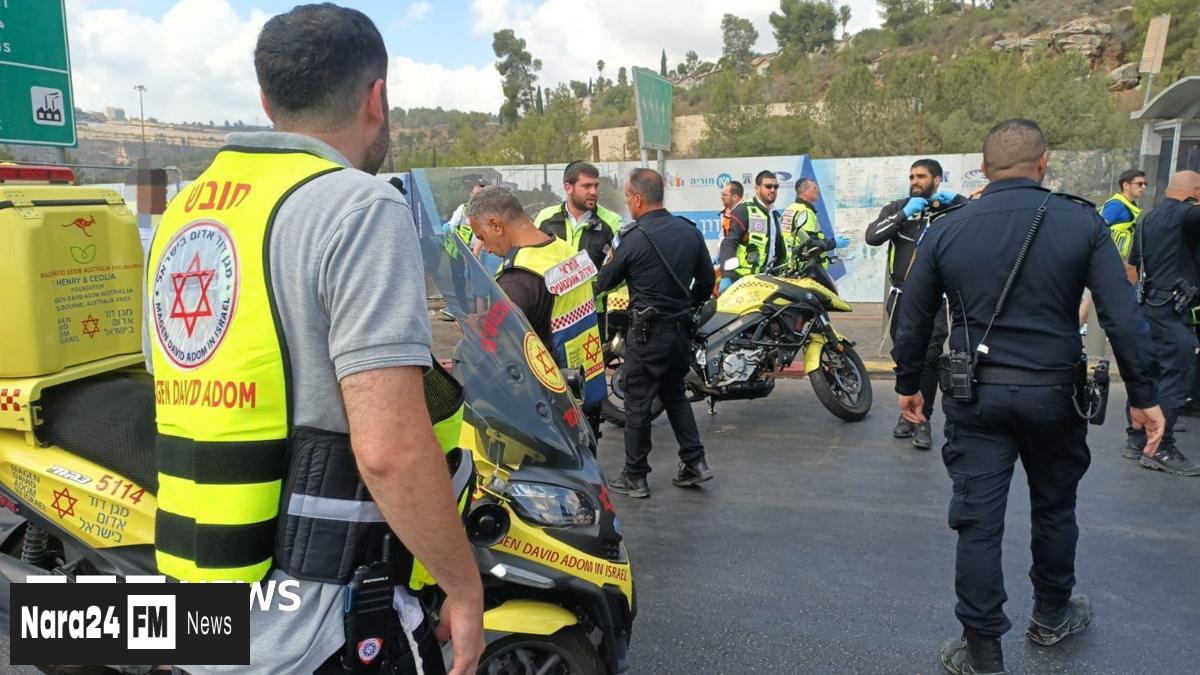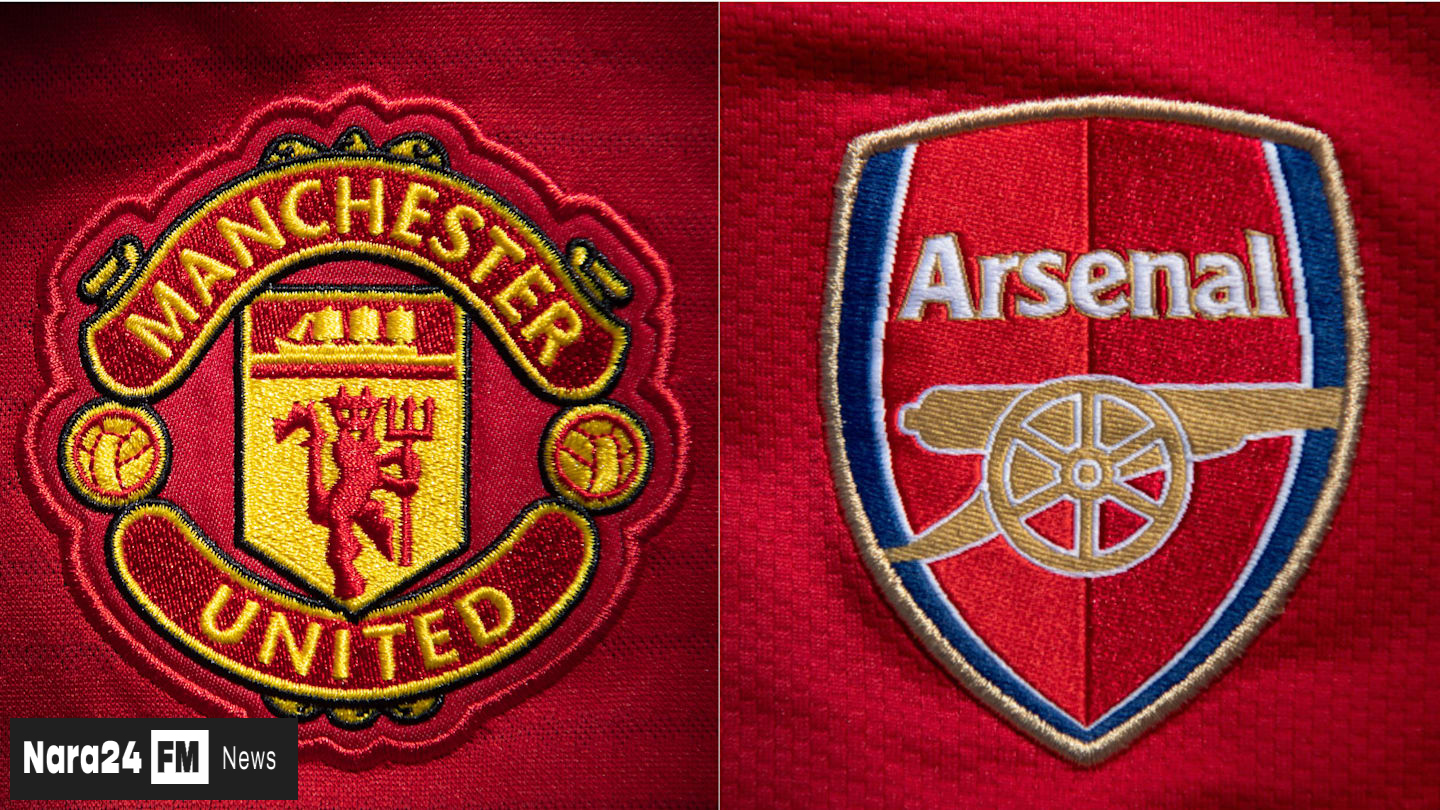In This Article
- Alleged Israeli Strike on Iranian Facility
- Injury to Iranian President
- Initial Conflict and Retaliation
- Targeting of Iranian Leadership
- Uncertainty and Escalation
Iranian President Masoud Pezeshkian was allegedly injured during an Israeli airstrike on a covert underground facility in Tehran last month, as reported by Iran's state-affiliated Fars news agency. The incident occurred on June 16, when six bombs reportedly targeted access and entry points of the facility during an emergency meeting of the Supreme National Security Council.
According to the Fars report, President Pezeshkian suffered leg injuries while escaping through an emergency shaft. The attack also disrupted the facility's ventilation system and cut off electricity, forcing those inside to evacuate. The report, which has not been independently verified, suggests that Iran is now investigating potential infiltration by Israeli agents.
Social media videos from the 12-day conflict showed repeated strikes on a mountain side in northwestern Tehran. It has since been revealed that the fourth day of the war saw attacks on the secret facility where Iran's top leaders were present. The Supreme National Security Council is Iran's highest decision-making body, second only to Supreme Leader Ayatollah Ali Khamenei.
Last week, President Pezeshkian accused Israel of attempting to assassinate him, a claim denied by Israeli Defense Minister Israel Katz, who stated that "regime change" was not an objective of the conflict. Israel reportedly eliminated several high-ranking commanders of Iran's Islamic Revolutionary Guard Corps (IRGC) and military at the outset of the war, leaving Iranian leaders in a state of decision-making paralysis for at least 24 hours.
Israeli officials confirmed that Ayatollah Khamenei was also a target but lost track of him after he was moved to a secure, undisclosed location. Questions remain about how Israel obtained critical intelligence on the locations of Iran's top officials and secret facilities.
The conflict began on June 13 when Israel launched a surprise attack on Iran's nuclear and military sites, citing the need to prevent Tehran from developing nuclear weapons. Iran retaliated with aerial strikes on Israel, maintaining that its uranium enrichment is for peaceful purposes. On June 22, the U.S. Air Force and Navy conducted strikes against three Iranian nuclear facilities, which President Donald Trump claimed were "obliterated," though some U.S. intelligence agencies expressed more cautious assessments.
As tensions in the region continue to escalate, the alleged injury of President Pezeshkian adds another layer of complexity to the ongoing Israel-Iran conflict.








Comments (0)
Leave a Comment
Be the first to comment on this article!